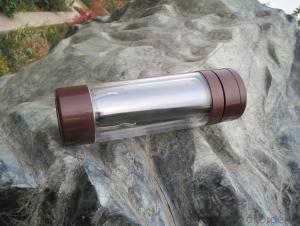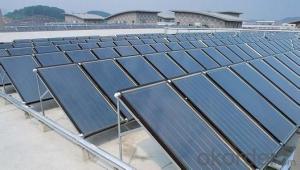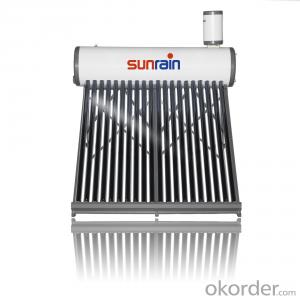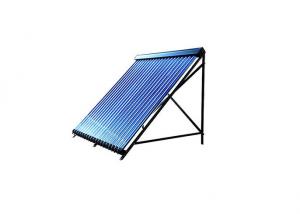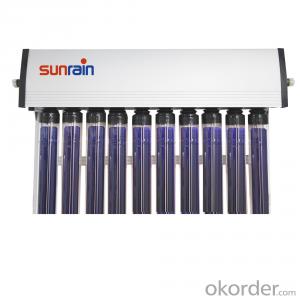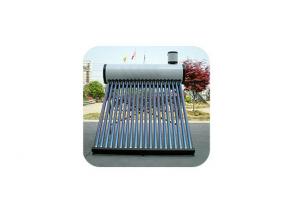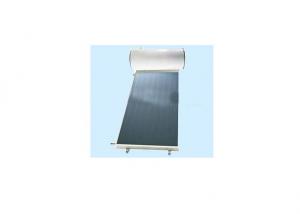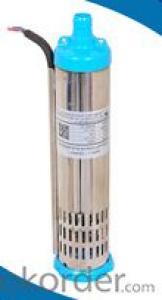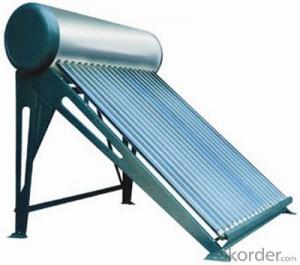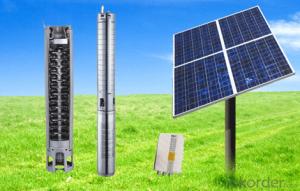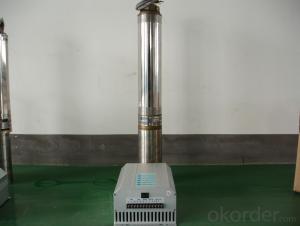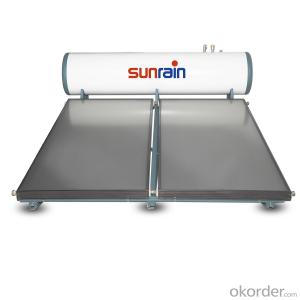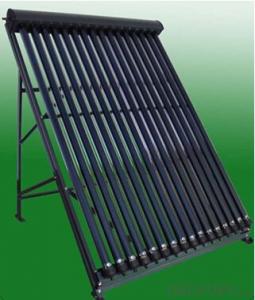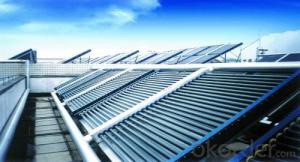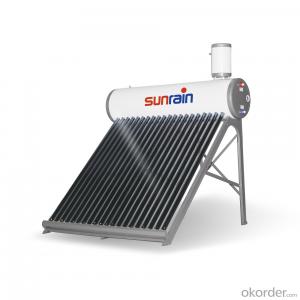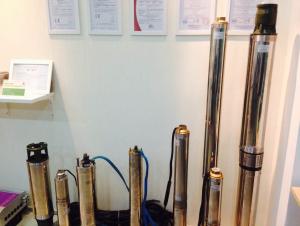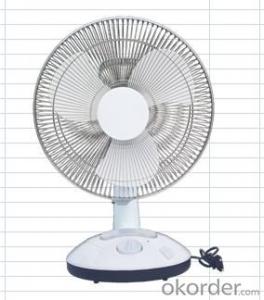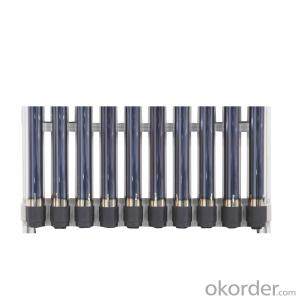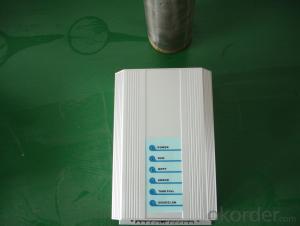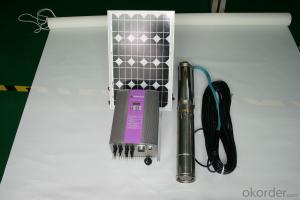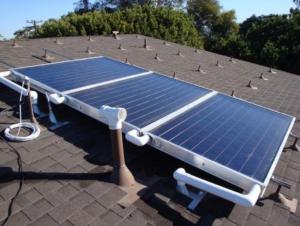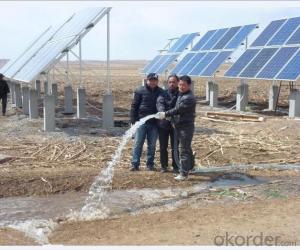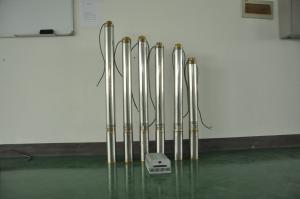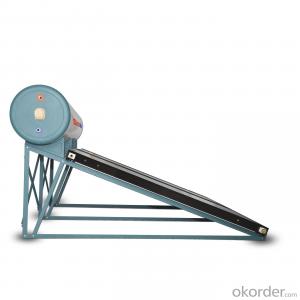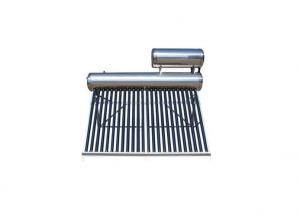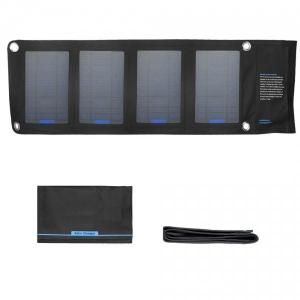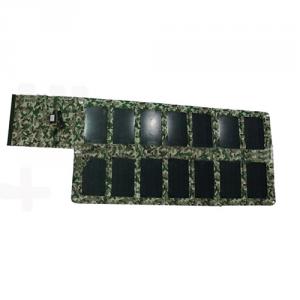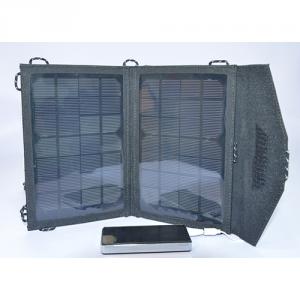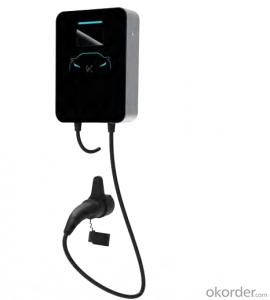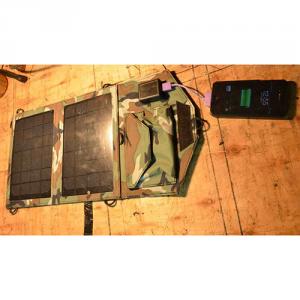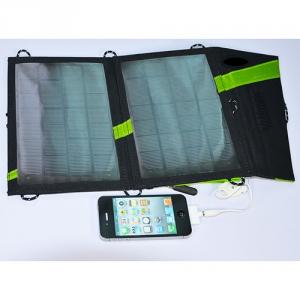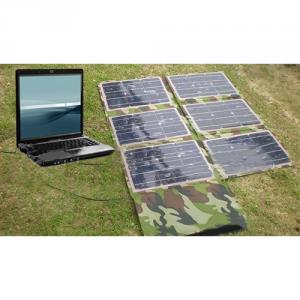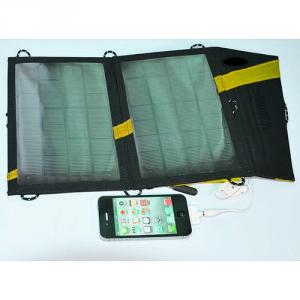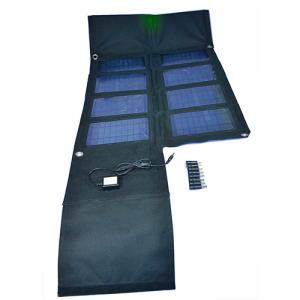Solar Batch Water Heater
Solar Batch Water Heater Related Searches
Rooftop Solar Water Heater Solar Battery Inverter Kit Battery Solar Inverter Solar Battery Inverter Solar Powered Water Boiler Battery Inverter Solar Solar Battery Module Solar Power Battery Inverter Solar Battery Charging System Inverter Battery Solar Solar Battery With Inverter Solar Lithium Battery Solar Inverter For Battery Inverter Solar Battery Solar Battery For Inverter Solar Battery Charger Module Inverter For Solar Battery Battery Inverter Solar System Solar Battery Inverter Combo Solar Inverter Battery Inverter With Battery Solar Solar Battery Backup Inverter Solar Cattle Watering Systems Solar Inverter Battery Ready Water Pump Solar Inverter Solar Inverter Kit Power Inverter Solar Kit Solar System Inverter Battery Solar Inverter Battery Combo Charge Inverter Battery SolarSolar Batch Water Heater Supplier & Manufacturer from China
Solar Batch Water Heaters are eco-friendly devices designed to harness solar energy for heating water. These systems typically consist of a solar collector, an insulated storage tank, and a pump to circulate water between the collector and the tank. They are an efficient and cost-effective solution for providing hot water in both residential and commercial settings.The Solar Batch Water Heater is widely used for various applications, including domestic hot water supply, swimming pool heating, and even industrial processes that require heated water. These systems can be installed on rooftops or ground-mounted, making them versatile for different types of buildings and landscapes. They are particularly beneficial in areas with abundant sunlight, as they can significantly reduce energy costs and environmental impact by utilizing renewable energy.
Okorder.com is a reputable wholesale supplier of Solar Batch Water Heaters, offering a vast inventory of high-quality products. With a commitment to customer satisfaction, Okorder.com ensures that their Solar Batch Water Heaters meet the highest standards of performance and reliability. By partnering with Okorder.com, customers can access a diverse range of Solar Batch Water Heater options, catering to various needs and budgets.
Hot Products
